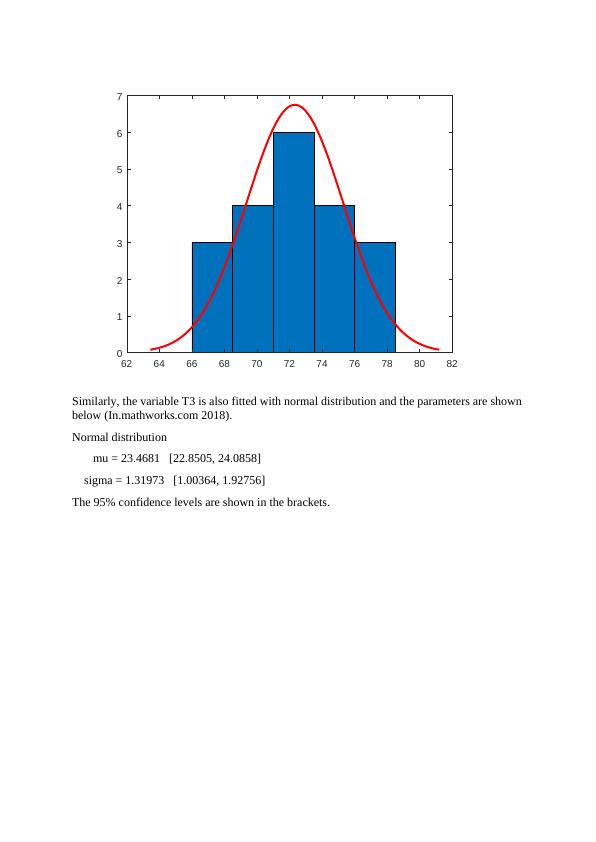Analysis of Temperature and Humidity Data for Melbourne in 2017
11 Pages1746 Words454 Views
Added on 2023-06-04
About This Document
The analysis includes the use of MATLAB to generate random temperature and humidity data, fitting normal distribution curves, and calculating parameters. Linear regression and interpolation techniques are used to predict the maximum temperature on 29th October 2017. The data is collected from the Bureau of Meteorology and Timeanddate.com.
Analysis of Temperature and Humidity Data for Melbourne in 2017
Added on 2023-06-04
ShareRelated Documents
End of preview
Want to access all the pages? Upload your documents or become a member.




